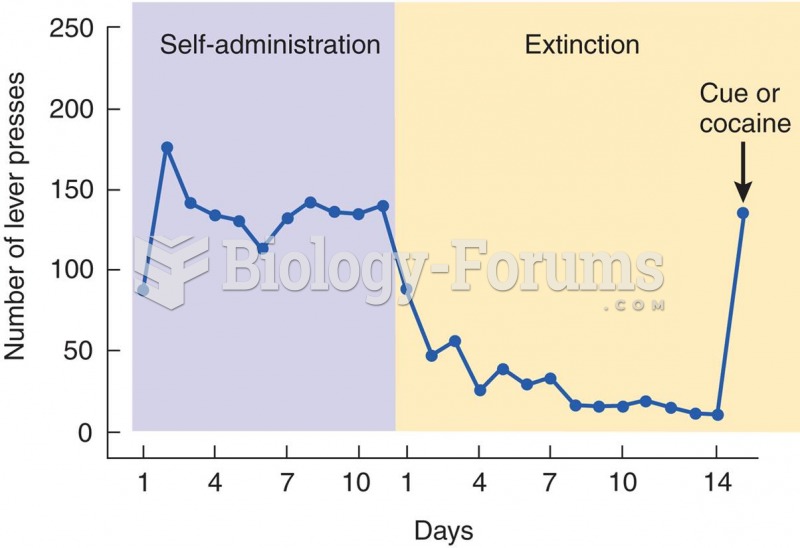|
|
|
More than 50% of American adults have oral herpes, which is commonly known as "cold sores" or "fever blisters." The herpes virus can be active on the skin surface without showing any signs or causing any symptoms.
By definition, when a medication is administered intravenously, its bioavailability is 100%.
In the ancient and medieval periods, dysentery killed about ? of all babies before they reach 12 months of age. The disease was transferred through contaminated drinking water, because there was no way to adequately dispose of sewage, which contaminated the water.
In ancient Rome, many of the richer people in the population had lead-induced gout. The reason for this is unclear. Lead poisoning has also been linked to madness.
All adverse reactions are commonly charted in red ink in the patient's record and usually are noted on the front of the chart. Failure to follow correct documentation procedures may result in malpractice lawsuits.
 A simulated-color map of the surface of Venus as measured by synthetic aperture radar on the Magella
A simulated-color map of the surface of Venus as measured by synthetic aperture radar on the Magella
 Measure between terminal 30 and 87a. Terminal 87a is the normally closed contact, and there should ...
Measure between terminal 30 and 87a. Terminal 87a is the normally closed contact, and there should ...





